Lifejackets put to the test: Nine automatic lifejackets with 275 newtons of buoyancy put to the test
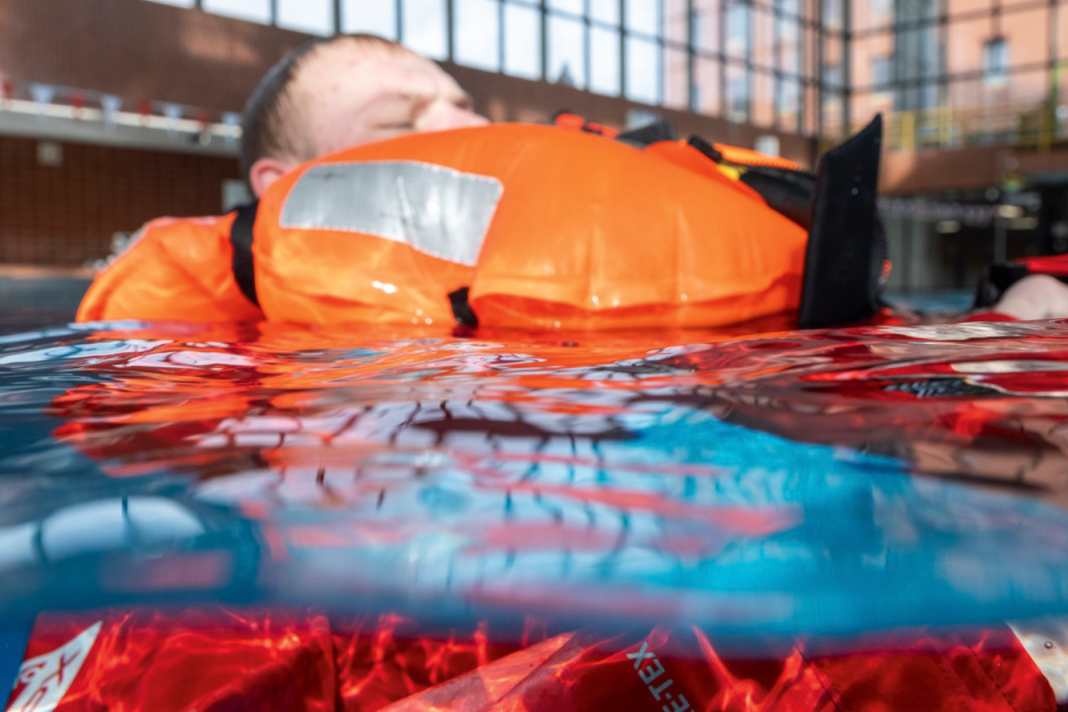





All content in this security special:
Of course, wearing comfort is of great importance, but in everyday life on board, performance in an emergency is the most important factor. This is where the quality of the buoyancy compensator clearly shows in terms of function and buoyancy as soon as it is inflated. It is crucial that it does not slide upwards (the correct adjustment of the harness again plays an important role here) and that both ends of the buoyancy compensator are firmly attached to the chest.
If a wave channel remains here, it will make breathing difficult or impossible. This is because water will slosh up to the mouth. This is where the spray cap can help. However, it must be put on independently and will not help in the event of fainting. The lifejacket should lift the head out of the water as far as possible due to a good fit and swimming position. The resulting distance between the mouth and the surface of the water is the freeboard. The more of it, the better. Read the detailed test results of lifejackets with at least 275 N buoyancy.
Nine lifejackets with 275 N buoyancy tested:
Values in brackets: maximum number of points achievable in the legend, actual number of points achieved in the table
275N Ocean Backtow Lifejacket Pro
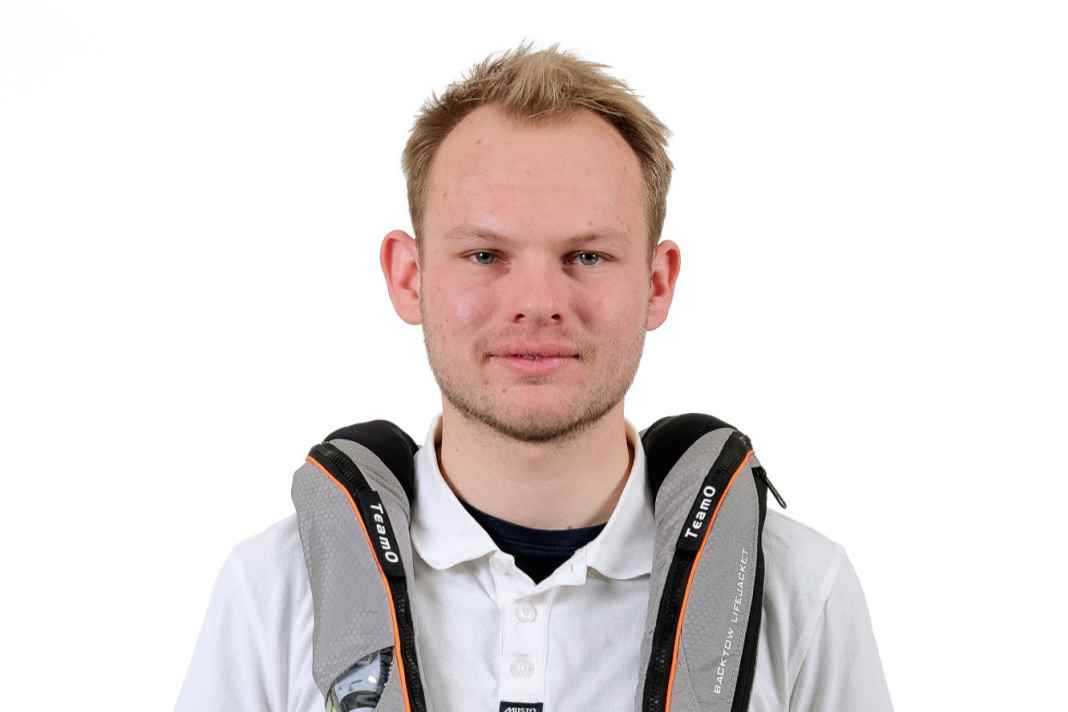


- Provider: teamomarine.com
- Manufacturer: TeamO
- Price (15): 333 € (6)
- Buoyancy: 275 N
- Propellant cylinder/triggering: 60 g/water contact
- Automatic machine: UML Pro Sensor Elite
- Viewing window/control: Yes/tablet/cartridge
- Lifebelt: Belt loop, soft, backtow
- Belt concept adjustment: Chest strap adjustable on both sides with metal buckles, self-stowing strap ends
- Belt fastener: Buckle, stainless steel
- Crotch strap (4): Double (4)
- Spraycap (4): Yes (4)
- Signal light (4): Yes (4)
- Closure cover: Zip fastener
- Weight (10): 1.588 g (4)
- Funct. & swimming position (20): Does not rotate (0)
- Freeboard (20): 17.0 cm (20)
- Additional equipment (3): Backtow Harness (3)
- Wearing comfort, belt adjustment (20): Good adjustment of the harness, the neck could be a little freer (15)
- Remark: The only 275 that does not turn reliably. Light shaft channel, sprayhood seals well
- YACHT rating: Good (60)
300N Pro 3D ISO Lifejacket MA 1 (YACHT price-performance tip)
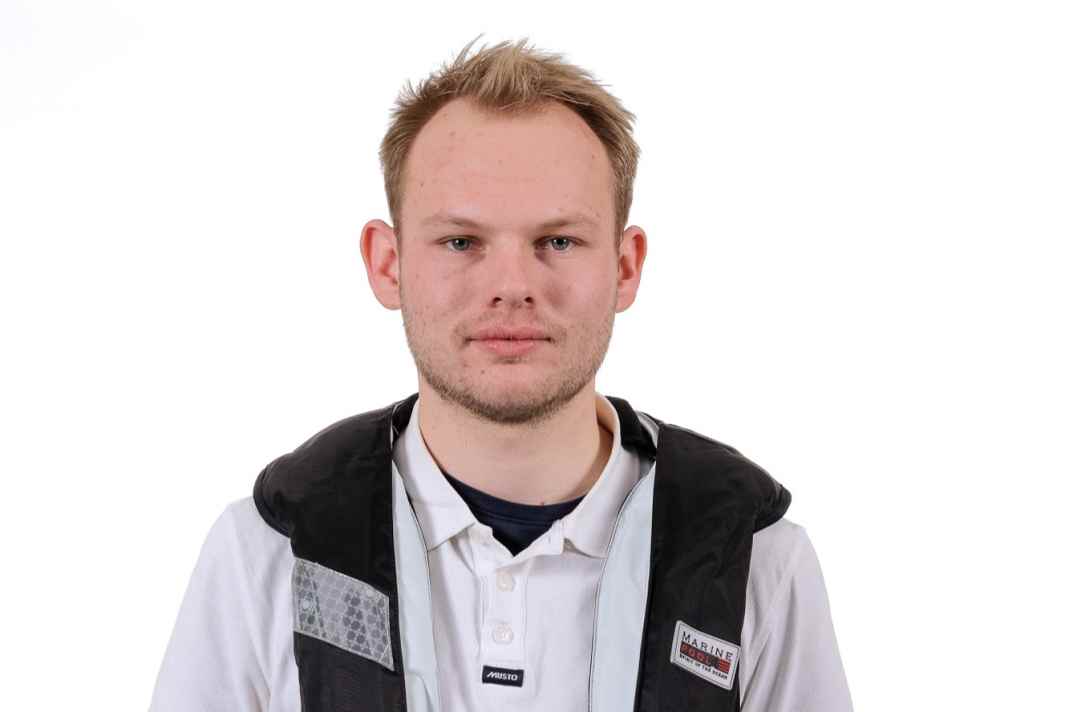


- Provider: marinepool.com
- Manufacturer: Loading OÜ
- Price (15): 199 € (11)
- Buoyancy: 300 N
- Propellant cylinder/triggering: 60 g/water pressure
- Automatic machine: Hammar MA1
- Viewing window/control: Yes/Automatic
- Lifebelt: Double D-ring, stainless steel
- Belt concept adjustment: Chest strap adjustable at the front with two metal buckles, self-stowing
- Belt fastener: Belt buckle, plastic
- Crotch strap (4): Double (4)
- Spraycap (4): Yes (4)
- Signal light (4): Yes (4)
- Closure cover: Velcro
- Weight (10): 1.729 g (2)
- Funct. & swimming position (20): Turns, but hesitantly (15)
- Freeboard (20): 16.5 cm (19)
- Additional equipment (3): Fleece collar removable with Velcro (2)
- Wearing comfort, belt adjustment (20): Very simple harness. Quite clunky overall. Neck could be freer. Harness buckle is convincing (10)
- Remark: Wide but short buoyancy chamber. No wave channel, floating position o. k. Spraycap is quite small
- YACHT rating: Good (71)
Bolero 275
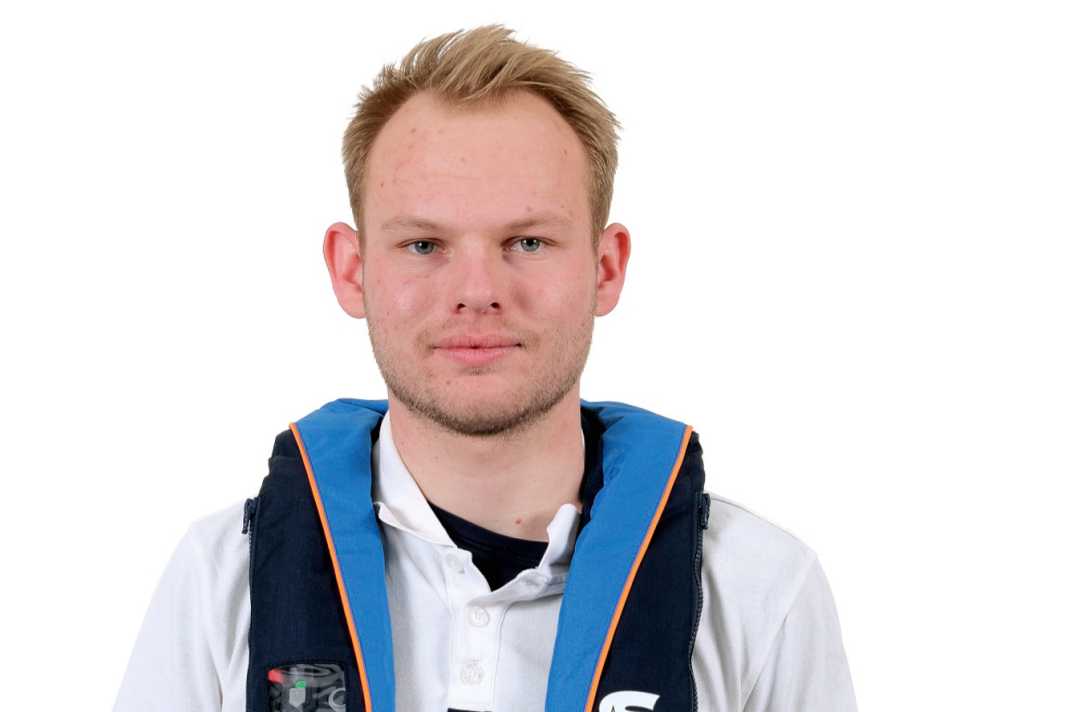


- Provider: compass24.de
- Manufacturer: Secumar
- Price (15): 250 € (9)
- Buoyancy: 275 N
- Propellant cylinder/triggering: 56 g/water contact
- Automatic machine: Secumatic 4001
- Viewing window/control: Yes/cartridge
- Lifebelt: D-ring, stainless steel
- Belt concept adjustment: Adjustable chest strap with metal buckle on the front right. With opening aid
- Belt fastener: Belt buckle, plastic
- Crotch strap (4): Simple (4)
- Spraycap (4): No (0)
- Signal light (4): No (0)
- Closure cover: Zip fastener
- Weight (10): 1.303 g (7)
- Funct. & swimming position (20): Turns slowly (17)
- Freeboard (20): 15.7 cm (16)
- Additional equipment (3): Fleece collar removable with Velcro (2)
- Wearing comfort, belt adjustment (20): Very self-adjustable, sits very comfortably, even in the neck. Nice belt buckle (19)
- Remark: Good flotation, turns slowly but reliably. No wave channel
- YACHT rating: Good (74)
Deckvest 6D 275N Elite
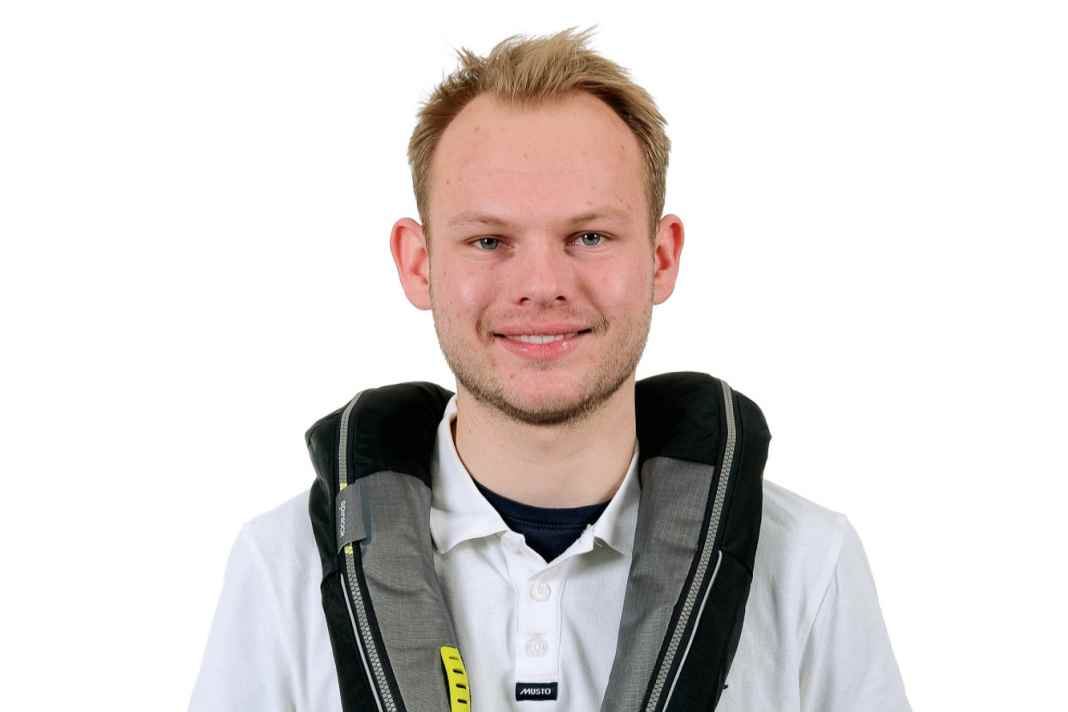


- Provider: frisch.de
- Manufacturer: Spinlock
- Price (15): 469 € (0)
- Buoyancy: 275 N
- Propellant cylinder/triggering: 60 g/water contact
- Automatic machine: UML Pro Sensor Elite
- Viewing window/control: Yes/tablet/cartridge
- Lifebelt: Belt loop with HRS
- Belt concept adjustment: Adjustable back and chest straps, the latter with two metal buckles at the front
- Belt fastener: Plastic gag
- Crotch strap (4): Simple, wide (4)
- Spraycap (4): Yes (4)
- Signal light (4): Yes (4)
- Closure cover: Zip fastener
- Weight (10): 1.559 g (4)
- Funct. & swimming position (20): Turns (18)
- Freeboard (20): 16.5 cm (19)
- Additional equipment (3): Harness Release System (HRS) (3)
- Wearing comfort, belt adjustment (20): Well adjustable harness. The fastener works very intuitively. Tight around the shoulders and cheeks (15)
- Remark: Voluminous buoyancy chamber, fits well. Good flotation, small wave channel
- YACHT rating: Good (71)
Ergofit+ 290
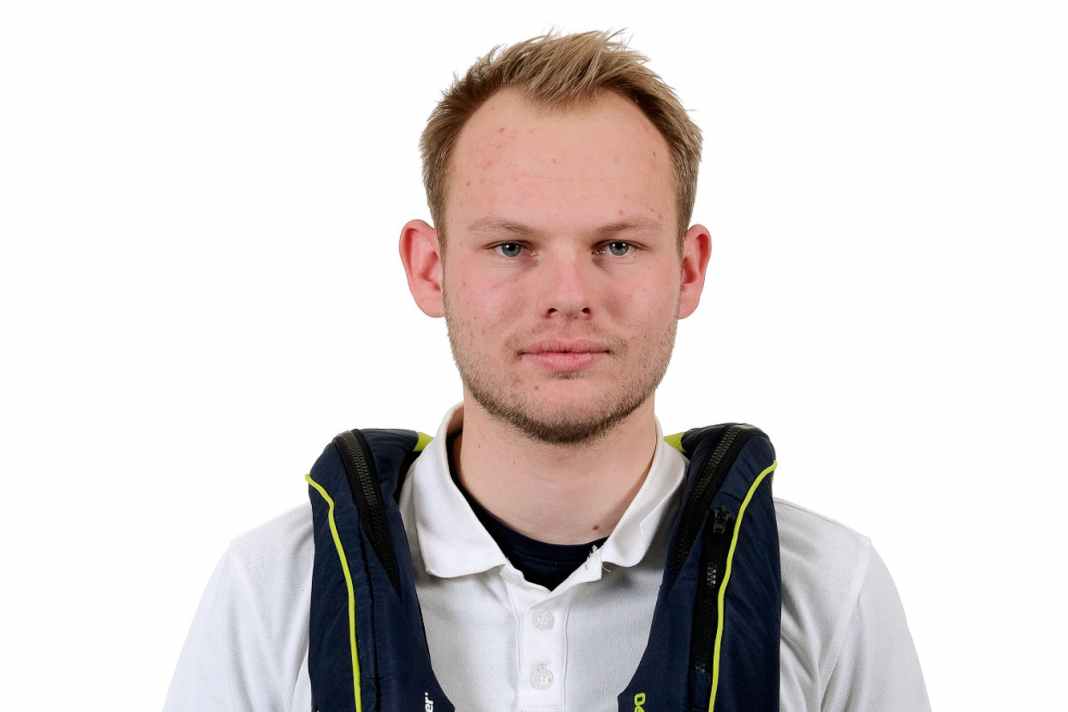


- Provider: nordwest-funk.eu
- Manufacturer: Crewsaver
- Price (15): 449 € (1)
- Buoyancy: 290 N
- Propellant cylinder/triggering: 60 g/water contact
- Automatic machine: UML Pro Sernsor Elite
- Viewing window/control: Yes/tablet/cartridge
- Lifebelt: Belt loop, medium hard
- Belt concept adjustment: Chest strap adjustable using metal buckles with opening aid
- Belt fastener: Belt buckle, plastic
- Crotch strap (4): Double (4)
- Spraycap (4): Yes (4)
- Signal light (4): Yes (4)
- Closure cover: Zip fastener
- Weight (10): 1.942 g (0)
- Funct. & swimming position (20): Turns quickly (18)
- Freeboard (20): 16.3 cm (18)
- Additional equipment (3): Space for PLB with viewing window in the neck (3)
- Wearing comfort, belt adjustment (20): Intuitive self-adjusting harness. Plenty of room in the neck, nice buckle. Very heavy (17)
- Remark: Good swimming position. Unfortunately large wave channel, is sealed by Spraycap (with surge protection)
- YACHT rating: Good (69)
Legend 305 (YACHT test winner)
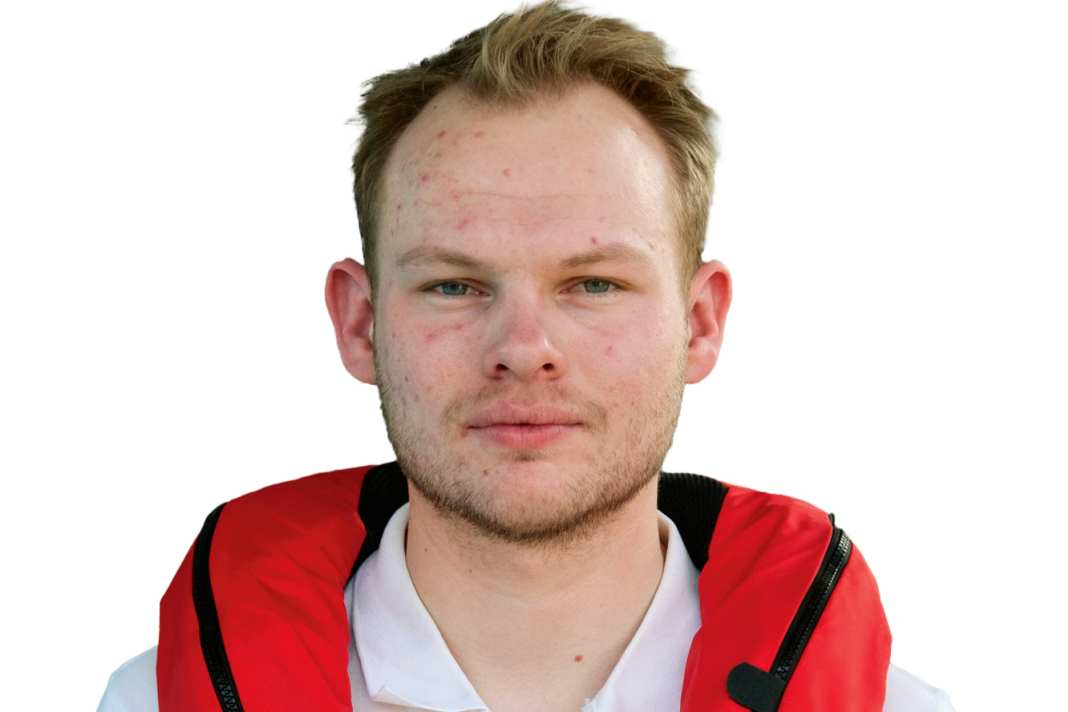


- Provider: element-2.de
- Manufacturer: Baltic
- Price (15): 270 € (8)
- Buoyancy: 305 N
- Propellant cylinder/triggering: 60 g/water contact
- Automatic machine: UML Pro Sensor Elite
- Viewing window/control: Yes/tablet/cartridge
- Lifebelt: Belt loop, medium hard
- Belt concept adjustment: Chest strap adjustable with plastic buckle on the right, self-stowing
- Belt fastener: Buckle, stainless steel
- Crotch strap (4): Simple (4)
- Spraycap (4): Yes (4)
- Signal light (4): Yes (4)
- Closure cover: Zip fastener
- Weight (10): 1.510 g (5)
- Funct. & swimming position (20): Turns quickly (20)
- Freeboard (20): 14.3 cm (12)
- Additional equipment (3): Mesh collar (2)
- Wearing comfort, belt adjustment (20): Rather simple harness, but you can adjust it yourself. Leaves a lot of space in the neck (17)
- Remark: Very long buoyancy chamber turns quickly, very good flotation, no wave channel
- YACHT rating: Good (76)
Profi 300N Soft D-Ring
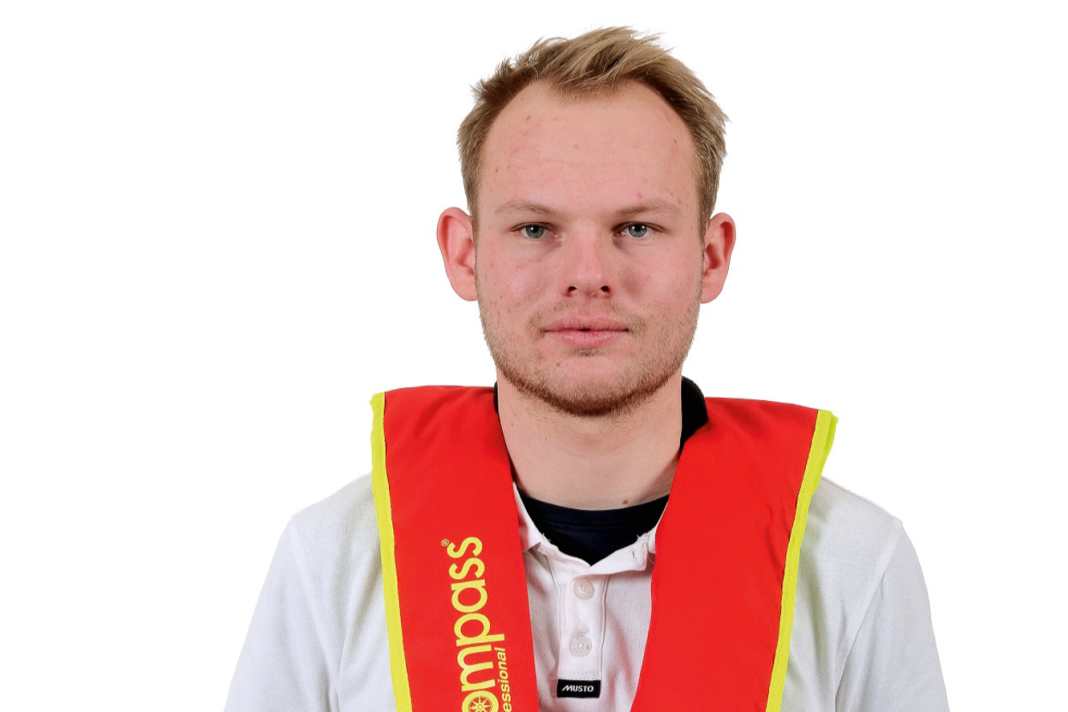


- Provider: compass24.de
- Manufacturer: Loading OÜ
- Price (15): 110 € (15)
- Buoyancy: 300 N
- Propellant cylinder/triggering: 60 g/water contact
- Automatic machine: Halkey-Roberts V90000
- Viewing window/control: No/tablet/trigger
- Lifebelt: Belt loop, soft
- Belt concept adjustment: Adjustable chest strap with plastic buckle on the right. Self-stowing
- Belt fastener: Buckle, stainless steel
- Crotch strap (4): Simple (4)
- Spraycap (4): No (0)
- Signal light (4): No (0)
- Closure cover: Velcro
- Weight (10): 1.086 g (10)
- Funct. & swimming position (20): Turns (18)
- Freeboard (20): 15.4 cm (15)
- Additional equipment (3): Fleece collar removable with Velcro (2)
- Wearing comfort, belt adjustment (20): Very simple harness, not particularly intuitive. Somewhat restrictive in the neck. Nice and light (10)
- Remark: Wide, voluminous buoyancy chamber with good flotation. No wave channel
- YACHT rating: Good (74)
Seatec XD 300
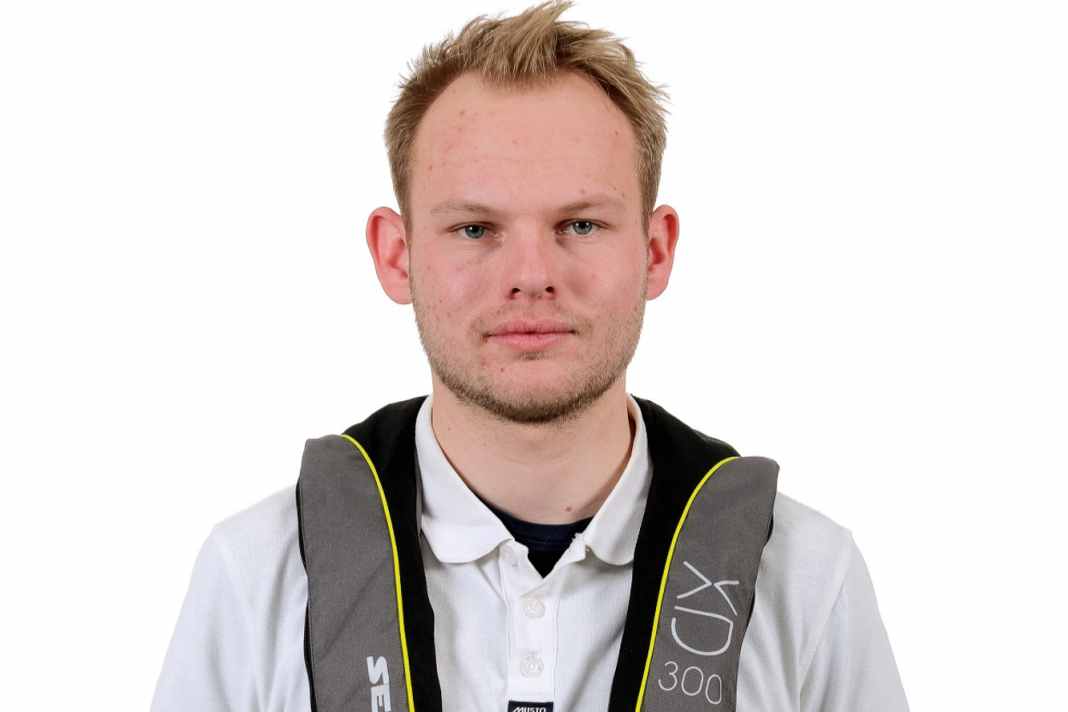


- Provider: svb.de
- Manufacturer: Loading OÜ
- Price (15): 165 € (13)
- Buoyancy: 300 N
- Propellant cylinder/triggering: 60 g/water contact
- Automatic machine: UML Pro Sensor Elite
- Viewing window/control: Yes/tablet/cartridge
- Lifebelt: Belt loop, soft
- Belt concept adjustment: Adjustable chest strap with plastic buckle on the right. Self-stowing
- Belt fastener: Buckle, stainless steel
- Crotch strap (4): Simple (4)
- Spraycap (4): No (0)
- Signal light (4): No (0)
- Closure cover: Zip fastener
- Weight (10): 1.127 g (10)
- Funct. & swimming position (20): Turns quickly (18)
- Freeboard (20): 15.2 cm (15)
- Additional equipment (3): Fleece insert in the neck (2)
- Wearing comfort, belt adjustment (20): The harness is not particularly intuitive to adjust. Space in the neck is good, nice and light (11)
- Remark: Good flotation, good turning behaviour. No wave channel
- YACHT rating: Good (73)
Seatec X-Pro 300
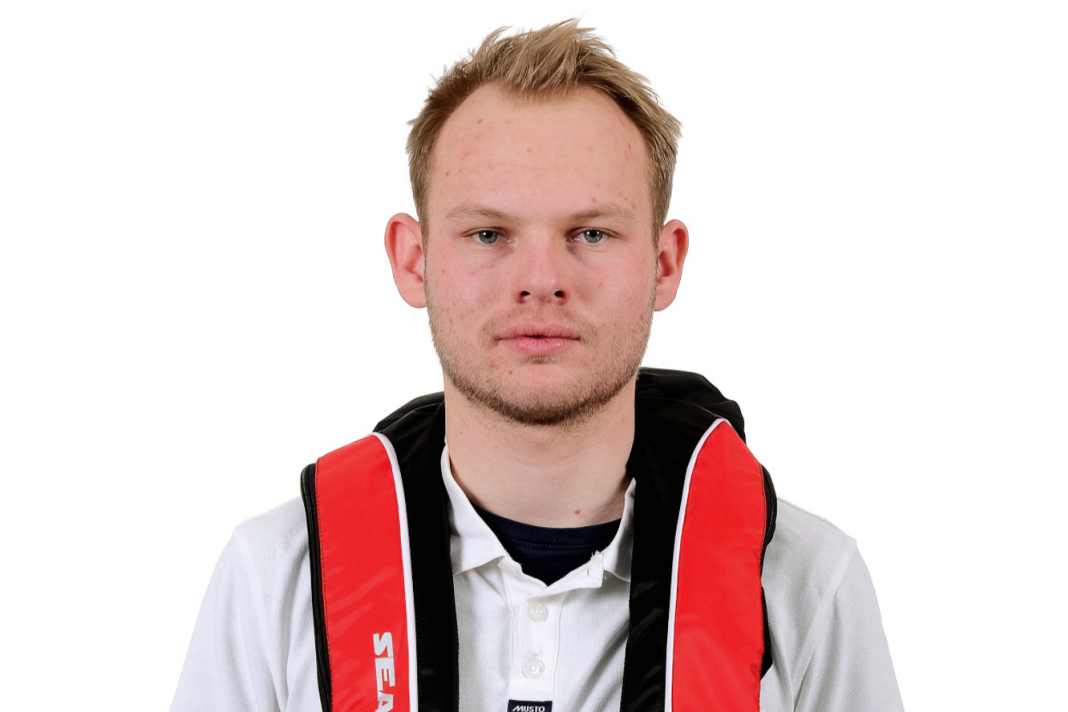


- Provider: svb.de
- Manufacturer: Loading OÜ
- Price (15): 140 € (14)
- Buoyancy: 300 N
- Propellant cylinder/triggering: 60 g/water contact
- Automatic machine: UML Pro Sensor Elite
- Viewing window/control: Yes/tablet/cartridge
- Lifebelt: D-ring, stainless steel
- Belt concept adjustment: Adjustable chest strap with plastic buckle on the right. Self-stowing
- Belt fastener: Buckle, stainless steel
- Crotch strap (4): Simple (4)
- Spraycap (4): No (0)
- Signal light (4): No (0)
- Closure cover: Zip fastener
- Weight (10): 1.240 g (8)
- Funct. & swimming position (20): Turns quickly (18)
- Freeboard (20): 14.5 cm (13)
- Additional equipment (3): Fleece collar removable with Velcro (2)
- Wearing comfort, belt adjustment (20): Very simple harness, not very intuitive. No back section: the straps fold over the chest strap (8)
- Remark: Good swimming position, slightly uncomfortable on the chin and neck, but fits as intended
- YACHT rating: Good (67)

